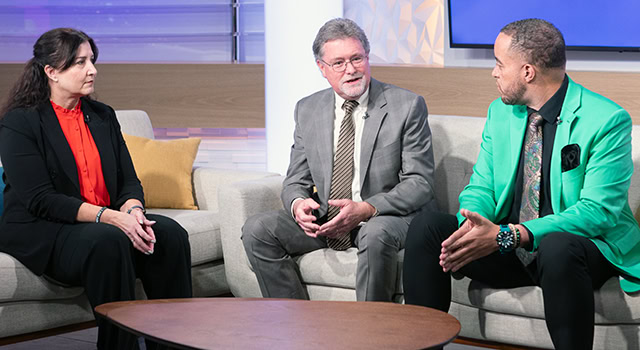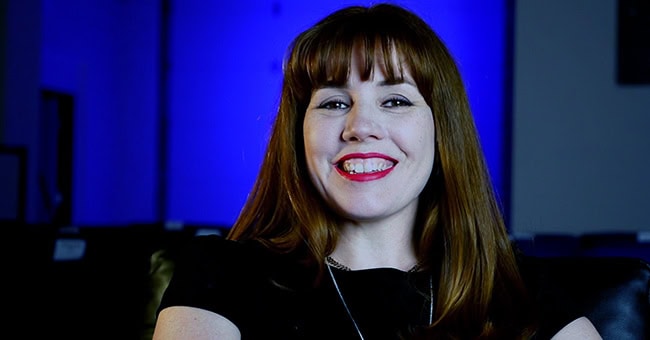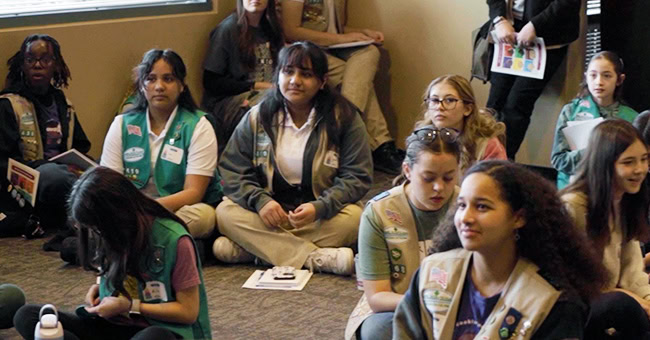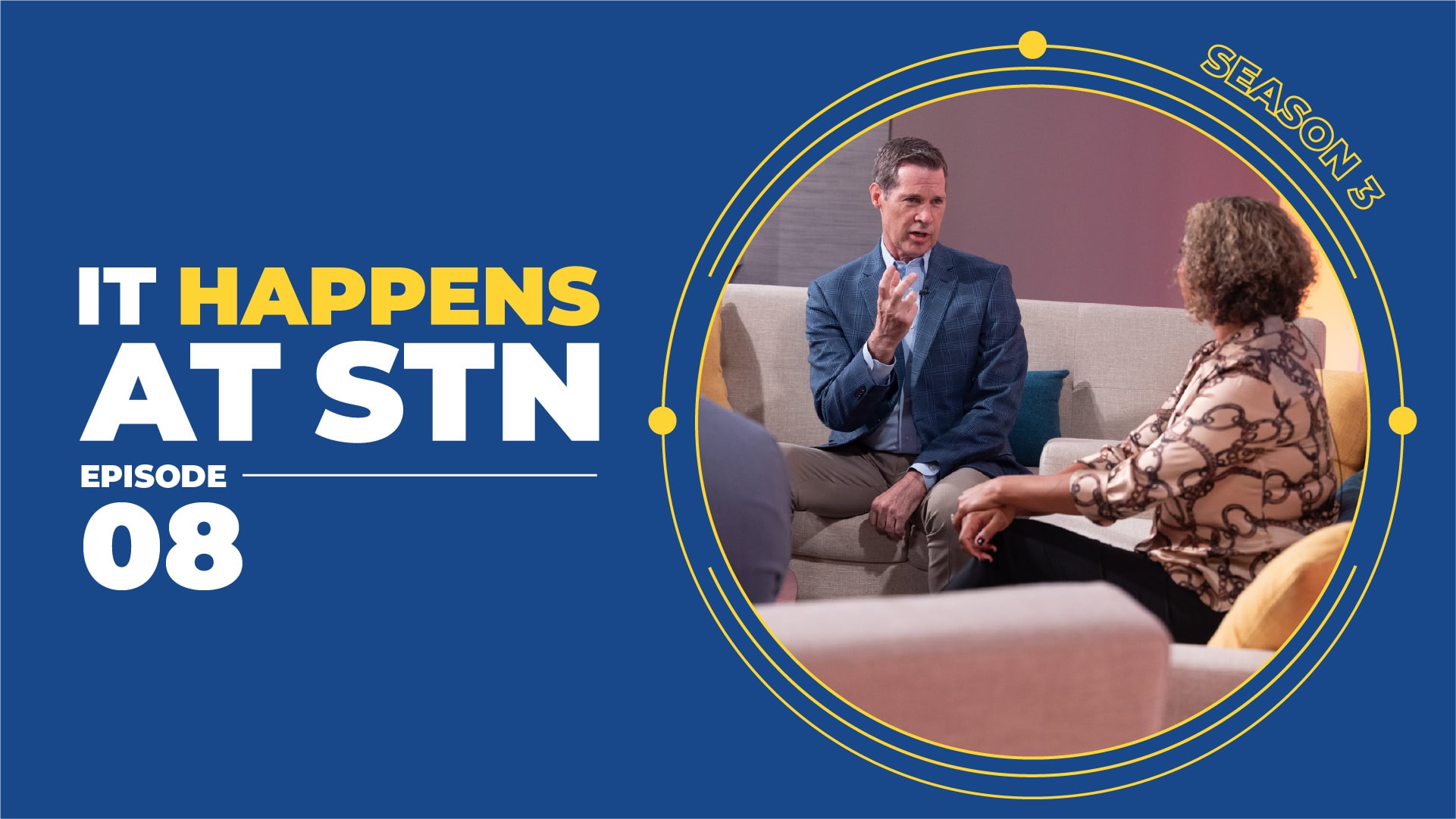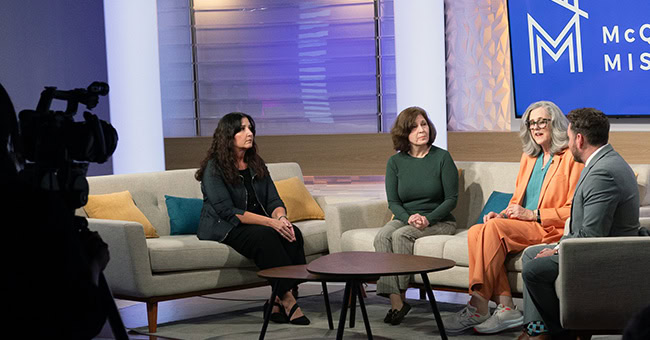PHOENIX (STN) – As the holiday season ushers in the end of the year, many nonprofits see an increase in people looking to donate to a particular cause or effort. However, donations of items—like frozen turkeys for a holiday meal—may not always address the root problems a nonprofit is trying to solve.
“We appreciate gifts of food and other items as needed and requested,” said Keys to Change CEO Amy Schwabenlender. “If we really want to achieve functional zero on homelessness we have to do a lot more than think about the goods that people need and ask for those items. We [need to] talk about systems change.”
Schwabenlender’s assessment was part of a McQuaid Mission panel discussion on the December episode of ‘It Happens at STN.’ The panel focused on turning advocacy into action to address systemic problems and featured Schwabenlender, Keys to Change Programs Director Richard Crews, and David Schwartz from Goldman Schwartz Public Affairs.
The panelists’ takeaway is that while individual donations are welcomed, actionable systems change is needed to achieve long-term solutions to homelessness. Crews and Schwartz said it requires a better understanding of advocating for change and reaching the right audience.
“We’re the experts when it comes to providing services,” Crews said. “You are an expert at something else. You are a constituent. You are a resident. You have a voice to be able to lend in that particular space.”
Watch the McQuaid Mission Panel Discussion
Crews explained that it doesn’t always take 2,000 or 200,000 people raising their voices to get the attention of civic leaders. Actionable systems change can start with just 20 people speaking up.
“So imagine what’s possible with you as a constituent when you begin to actually pick up the phone or get online and raise your voice saying we want a solution,” he added.
Schwartz agreed and expanded on why that kind of advocacy can, and does, produce results.
“That [gives] the elected officials the cover to do what’s right,” he said. “Talk to those community leaders, those elected officials, those city staff, the state agencies and all those people. It’s a little thing, and I know every one of you has a phone in your pocket.”
While large-scale systems change may sound intimidating or difficult to accomplish, Schwabenlender simplified the idea.
“Systems change can sound intimidating [but] to boil it down in a very simple word, it is advocacy,” she said. “People have the ability to contribute and there are a lot of tangible ways people can get involved.”


